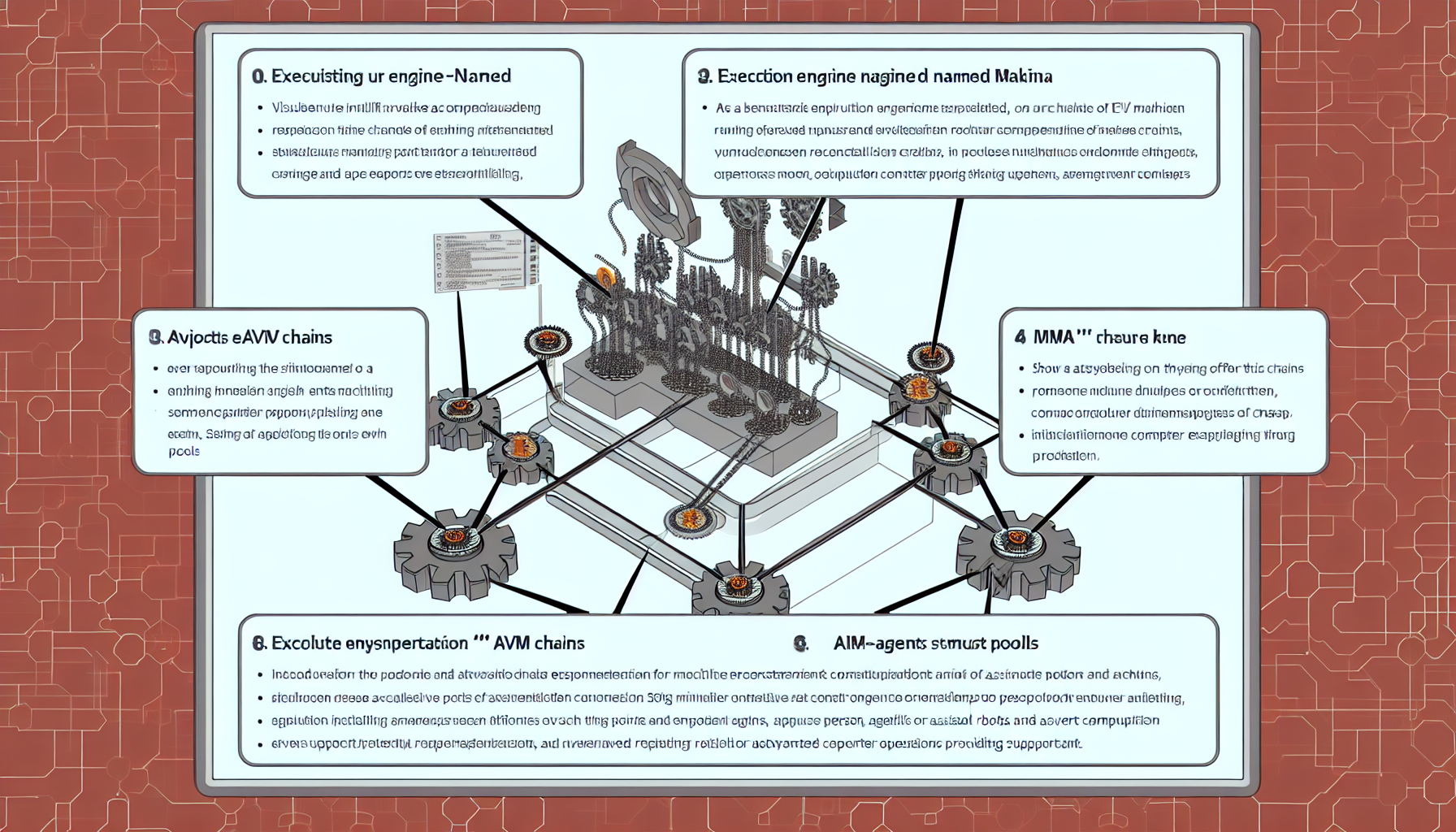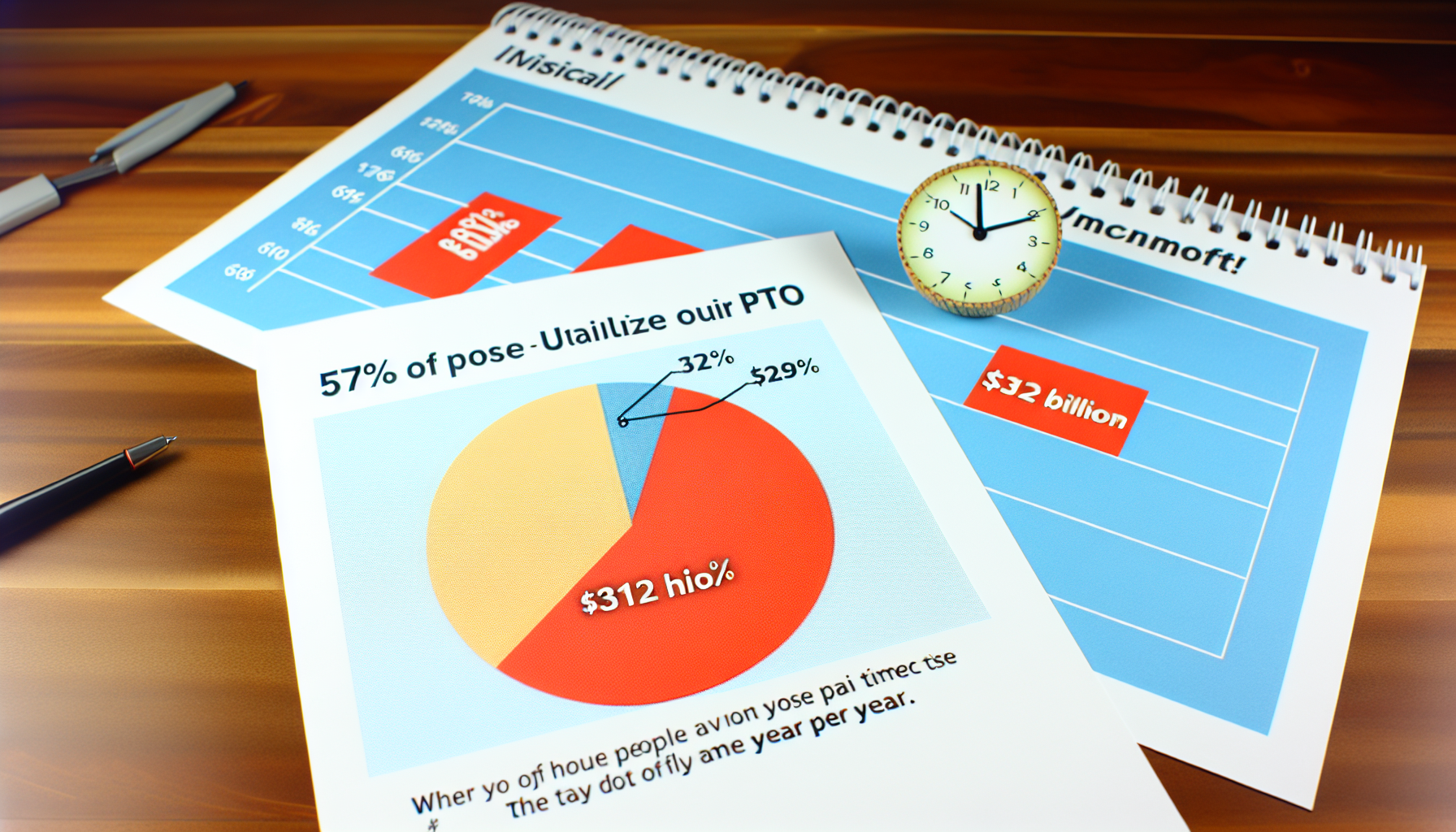Claims that “GPT-5 has been politically censored for the Trump regime” are surging, but the public record shows policy pledges, regulatory pressure, rising political spending, and high‑profile access—not hard proof of a switch flipping censorship on or off. On February 12, 2025, OpenAI updated its 187‑page Model Spec, stating models “must never attempt to steer the user in pursuit of an agenda,” with directives to offer multiple perspectives and “seek the truth together” [1]. On January 23, 2025, President Trump signed an AI executive order critics say pressures firms to remove perceived ideological content [2]. Meanwhile, AI companies poured roughly $100 million into politics, with OpenAI reporting $620,000 and Anthropic $910,000 in Q2 2025, as CEOs met at the White House on September 4, when Microsoft pledged $4 billion over five years and OpenAI committed training 10 million Americans by 2030 [3][4][5].
Key Takeaways
– Shows OpenAI’s 187-page Model Spec, updated February 12, 2025, pledging assistants “must never” pursue agendas and to present multiple perspectives and context. – Reveals Trump’s January 23, 2025 AI order faces bias critiques; Senator Edward Markey warned it could incentivize corporate compliance with political agendas. – Demonstrates AI industry spending rose to roughly $100 million; OpenAI spent $620,000 and Anthropic $910,000 in Q2 2025, intensifying influence concerns. – Indicates a September 4 White House dinner brought AI CEOs; Microsoft pledged $4 billion over five years, OpenAI training 10 million Americans by 2030. – Suggests Sept. 4 access may influence moderation norms; observers warned models could be steered toward administration priorities, absent direct evidence.
What the evidence says about GPT-5 censorship allegations
The core allegation—that GPT-5 is “politically censored for the Trump regime”—lacks direct, documented evidence in public materials. Instead, the record is a mosaic: an explicit neutrality pledge in OpenAI’s 187‑page Model Spec; a controversial executive order on AI and bias; stepped‑up political spending; and high‑level White House access [1][2][3][4][5].
OpenAI’s February 12 update uses unusually explicit language: models “must never attempt to steer the user in pursuit of an agenda,” and assistants should “seek the truth together,” avoid omissions, and present multiple perspectives. The update is framed as a response to accusations of political bias, positioning the company against viewpoint suppression rather than in favor of it [1].
Critics of the January 23 executive order argue it pressures firms to strip “ideological” content, potentially nudging models toward a narrower range of acceptable output. That’s a policy climate capable of shaping product choices, even absent any written directive to favor a particular administration’s views [2].
The most recent public reporting on access is also circumstantial, not dispositive. Major tech leaders dined at the White House on September 4; Microsoft promised $4 billion over five years for AI education and OpenAI pledged training for 10 million Americans by 2030. AP’s account notes observers worry such meetings can sway content moderation norms, but it stops short of confirming operational meddling or model‑level censorship rules [4][5].
Policy pressure points behind GPT-5 censorship claims
The Trump administration’s AI executive order, signed January 23, 2025, is a fulcrum for today’s debate. Wired’s analysis argues the order risks imposing another form of bias: pressuring companies to remove content perceived as ideological, a move critics say compresses viewpoint diversity rather than broadening it [2].
Senator Edward Markey warned the policy could incentivize corporate compliance with political agendas, a concern that turns on how companies interpret “bias removal” and whether they overcorrect to avoid regulatory runs‑ins. In practice, that could mean sharper guardrails on certain topics without a formal, explicit directive targeting any party’s ideology [2].
The timing compounds perceptions. Within weeks, OpenAI revised its Model Spec, foregrounding intellectual freedom and multi‑perspective responses. OpenAI’s text calls for avoiding omission and “seeking the truth together,” which, on paper, resists ideological steerage. That pledge is the opposite of the allegation—at least as written policy [1].
Still, the specter of policy pressure lingers. A government’s words can move markets, especially amid legal exposure or reputational risk. A company might opt for conservative enforcement to preempt scrutiny, even if the official policy celebrates neutrality. That gap between formal commitments and operational risk management is precisely where critics see the possibility of soft censorship emerging [2].
Money, access, and the optics fueling GPT-5 censorship debate
The Guardian reports that AI industry political spending climbed to roughly $100 million, with OpenAI logging $620,000 and Anthropic $910,000 in Q2 2025. That surge is not proof of content steering, but it does raise the risk of regulatory capture optics—particularly when aligned with litigation headwinds and a broader push to deflect “woke” censorship accusations [3].
Access amplifies perception. On September 4, tech executives met President Trump at the White House; Elon Musk was notably absent, a detail that feeds intra‑industry political narratives. AP’s reporting emphasized that such high‑level meetings can influence future norms for content moderation, even if they leave no paper trail of commands to platforms or model providers [5].
The Financial Times’ dinner coverage centered on blunt numbers: Microsoft committed $4 billion across five years for AI education, and OpenAI pledged to train 10 million Americans by 2030. These are substantial figures, the kind that signal long‑term partnerships with government priorities and labor market goals. To skeptics, they add a political frame to product choices—again, more about optics than evidence of model‑level rewiring [4].
Put together, spending, pledges, and access feed a narrative engine. Each data point is public and verifiable, and none conclusively shows GPT‑5 censorship. But in today’s polarized environment, numbers like $100 million, $4 billion, and 10 million trainees readily animate claims that models will be subtly tuned to please gatekeepers [3][4][5].
OpenAI’s public commitments versus critics’ fears
OpenAI’s February 12 Model Spec update is unusually prescriptive about avoiding ideologically steering users. It emphasizes offering multiple perspectives, avoiding omission, providing context, and “seeking the truth together”—precisely the type of guardrails that, if implemented faithfully, would cut against censorship accusations [1].
TechCrunch’s account frames the document as a bid for “intellectual freedom,” an explicit attempt to inoculate the system against pressures from any side, including prominent political critics. In other words, the document’s letter opposes the alleged objective of “censoring for the regime” [1].
Yet critics focus on the operational reality. They argue that policies of “bias removal” under a politicized order could reduce the range of outputs that survive safety filters. Wired describes this as merely re‑aiming bias rather than eliminating it, pointing to a potential chilling effect on contested viewpoints, depending on how companies calibrate adversarial content controls [2].
How to independently test for GPT-5 censorship
For those seeking empirical answers, a transparent, repeatable testing protocol matters more than screenshots. Start by creating a balanced, preregistered prompt set across political ideologies, covering policy areas like immigration, climate, tax, and social issues, as well as meta‑questions about media and elections.
Define outcome metrics before testing. For instance, measure refusal rates, hedging language frequency, perspective diversity within single responses, and the presence or absence of cited counterarguments. Collect a large enough sample—hundreds of prompts—with randomized order and multiple runs to assess variance and guard against cherry‑picking.
Document model settings and context windows. Compare results against pre‑order or pre‑spec baselines where possible, and include control prompts with non‑political content to benchmark general safety behavior. The key is to separate safety‑related refusals (e.g., direct calls for harm) from viewpoint shifts. Publish the prompt corpus, code, and raw outputs so others can replicate or refute findings.
What to watch next in the GPT-5 censorship conversation
Monitor whether public commitments and public spending continue to converge. If AI political expenditures stay near the ~$100 million mark or rise, expect continued scrutiny of “regulatory capture” risks and calls for third‑party audits of political outputs. Track whether any future policy updates narrow or expand the Model Spec’s language on viewpoint diversity [3][1].
Watch delivery on pledges made around the White House dinner. Microsoft’s $4 billion, five‑year education commitment and OpenAI’s 10 million trainee target will spawn programs and materials that intersect with public institutions. The governance of those touchpoints—curricula, guidelines, and guardrails—could be a new front in content neutrality debates, even if model outputs formally follow the neutrality spec [4].
Ultimately, the available evidence shows a tense environment rather than a smoking gun. A January 23 executive order shapes incentives; a February 12 spec stresses neutrality; and September’s lobbying totals and White House access layer on risk perceptions. That’s a combustible mix—but not, so far, a documented policy of “GPT-5 censorship for the Trump regime” [2][1][3][4][5].
Sources: [1] TechCrunch – OpenAI pledges that its models won’t censor viewpoints: https://techcrunch.com/2025/02/12/openai-pledges-that-its-models-wont-censor-viewpoints/ [2] Wired – Trump’s Anti‑Bias AI Order Is Just More Bias: www.wired.com/story/trump-ai-order-bias-openai-google” target=”_blank” rel=”nofollow noopener noreferrer”>https://www.wired.com/story/trump-ai-order-bias-openai-google [3] The Guardian – AI industry pours millions into politics as lawsuits and feuds mount: www.theguardian.com/technology/2025/sep/02/ai-industry-pours-millions-into-politics” target=”_blank” rel=”nofollow noopener noreferrer”>https://www.theguardian.com/technology/2025/sep/02/ai-industry-pours-millions-into-politics [4] Financial Times – Big Tech bosses court favour with Trumps at White House dinner: www.ft.com/content/3648f6cc-91ee-426f-8c59-6c3e784c4720″ target=”_blank” rel=”nofollow noopener noreferrer”>https://www.ft.com/content/3648f6cc-91ee-426f-8c59-6c3e784c4720 [5] Associated Press – Trump hosts tech titans – but not Musk – at White House: https://apnews.com/article/e234e719d96d299d2f670037f9505a9f
Image generated by DALL-E 3











Leave a Reply